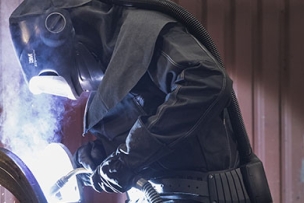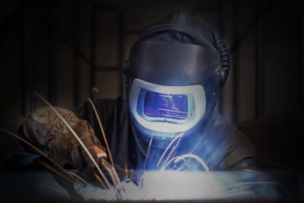How Much Protection Do Employees Need?
Each employee’s target PAR is based on the company exposure limit and the employee’s exposure. For example, if Employee A has a time-weighted average (TWA) of 95 dBA and the company exposure limit is 80 dB, then the employee must receive a PAR of at least 15 or above in order to “Pass”. If the employee achieved 10-dB PAR, then the measurement will display “Fail”.
Example: 95 dBA TWA
-80 dBA Company Exposure Limit
___________________________
15 dBA Target Minimum PAR
How Often Should You Fit Test?
Much like audiometric testing, hearing protector fit testing is not a one-time event. Ideally, all employees in your hearing conservation program should be initially fit tested. For those who required extra training and/or a new size or style hearing protection, early follow-up is recommended to be sure the employee has access to the newly assigned hearing protectors, is wearing the usual or newly assigned hearing protectors, and the HPD is continuing to provide adequate protection. Annual HPD fit testing can provide assurance the hearing protectors are being worn correctly and give additional opportunity for further hearing conservation training.
How is fit testing conducted and where?
The physical location for testing may vary depending on your company but implementing fit testing is more efficient and effective if:
- The fit-test location is centrally located and easily accessible to the workers.
- Managers and supervisors are engaged in the process and can assist in assuring the workers can leave their workstations to be fit tested quickly and on a timely basis.
- A flexible schedule with individual time slots is employed.
- A “wrangler” is designated who can assist and ensure the efficient flow of workers to be tested.
- Educational materials and tools are available if additional training is required.
- A complete selection of hearing protector samples of all types that are used at the plant is available to give to workers, especially for cases in which they have been “reassigned” a different size or style based on fit test results.
Do you know what level of protection your employees are receiving from their hearing protectors? Now you can with a field attenuation estimation system (FAES). FAES is a quantitative method for individual fit testing hearing protection devices (HPDs). This technical bulletin describes the 3M™ E-A-Rfit™ Dual-Ear Validation System and the value it can provide for your hearing loss prevention program (HLPP).






Talk to Us!
Leave a reply
Your email address will not be published. Required fields are marked *